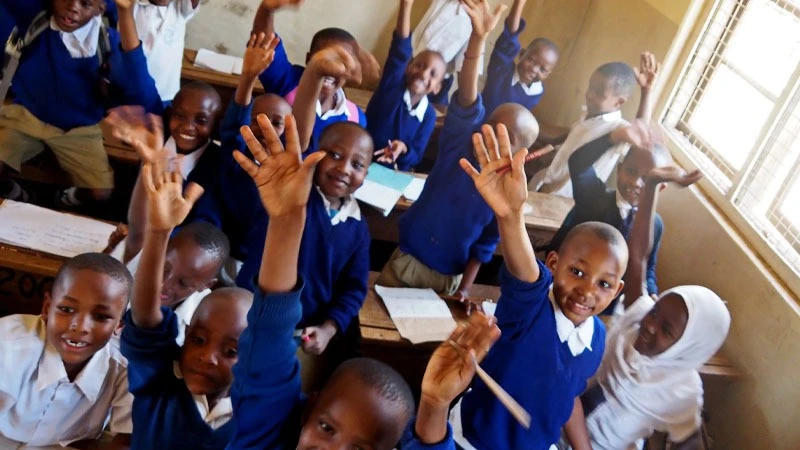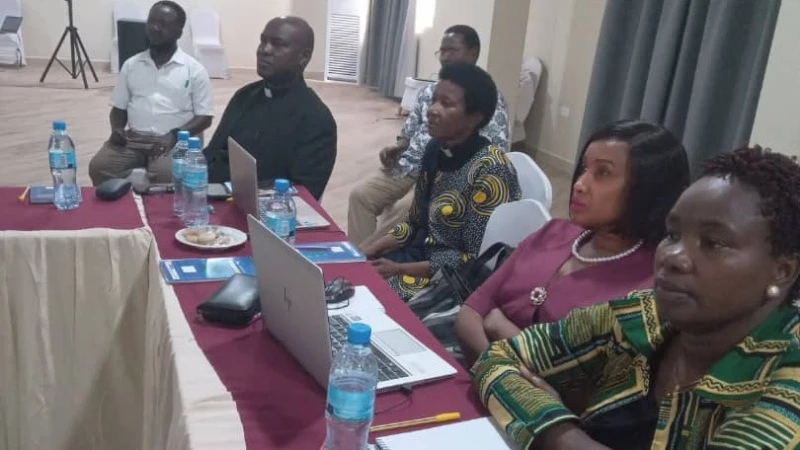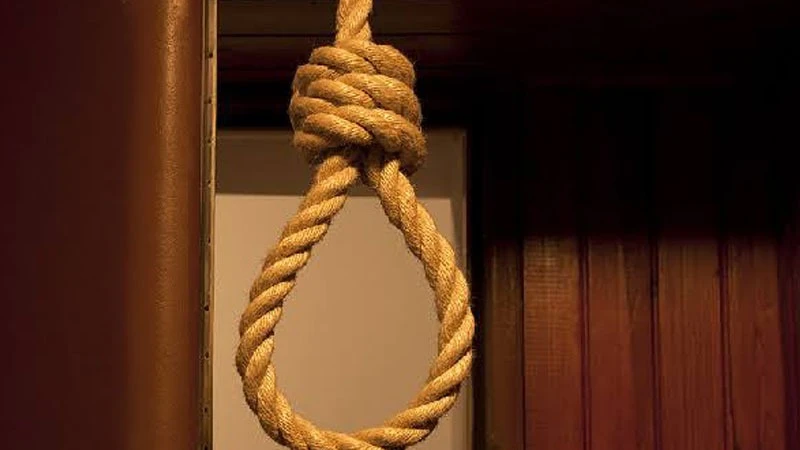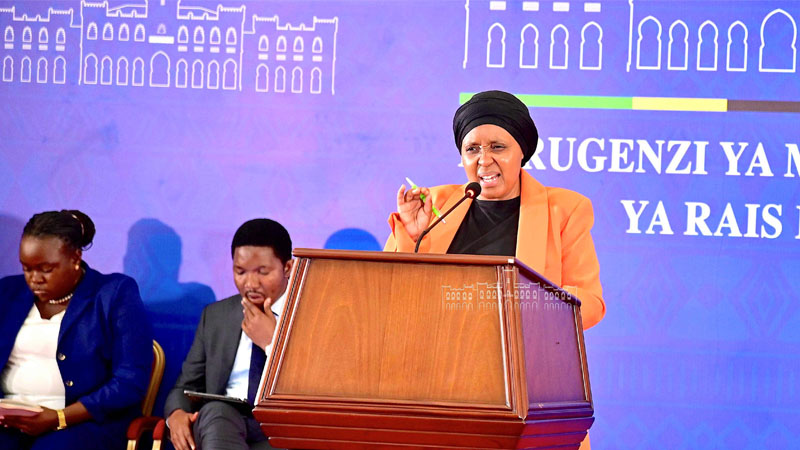Law reforms crucial to protect children from violent punishment

STAKEHOLDERS are calling for transformation of school culture to protect children from corporal punishment saying the process starts with law reforms.
Legal protection of children from all violent punishment is important not only to protect them from violence but also to raise their social status.
Reforming the laws would ensure that children no longer be lawfully subjected to violent punishment, marking a turning point in society’s relationship with children and signalling recognition of children as human beings and rights holders.
Improving the laws enhances children’s position in the society and advances their other rights.
Corporal punishment is a violation of children’s rights to respect for physical integrity and human dignity, health, development, education and freedom from torture and other cruel, inhuman or degrading treatment or punishment.
Barnabas Kaniki is the Child Protection and Child Rights Governance Specialist from a Non-Governmental Organization—Save the Children. he says elimination of violence against children is also highlighted as on of the several targets of the 2030 Agenda for Sustainable Development but most explicitly in Target 16.2 which states—‘End abuse, exploitation, trafficking and all forms of violence against and torture of children’.
Corporal punishment and the associated harms can be preventable through multi-sectoral and multifaceted approaches, including law reform, changing harmful norms around child rearing and punishment, parent and caregiver support, and school-based programming.
Recent available and reliable data on corporal punishment prevalence in Tanzania schools is a challenge to get. However, existing evidence indicates that the use of corporal punishment in school is widespread.
“Children have an absolute right to legal protection from all corporal punishment, in all settings of their lives including their homes. Once corporal punishment is prohibited by law in any setting, the prohibition must be implemented through measures aimed at eliminating corporal punishment in practice,” Kaniki stated.
The 2017 research by Human Rights Watch found that the use of brutal and humiliating forms of corporal punishment is common in school, affecting attendance.
Although it is still lawful, the frequency with which it happened was alarmingly high.
Evidence shows corporal punishment increases children’s behavioural problems over time and has no positive outcomes.
All corporal punishment, however mild or light, carries an inbuilt risk of escalation. Studies suggest that parents who used corporal punishment are at heightened risk of perpetrating severe maltreatment.
Corporal punishment is linked to a range of negative outcomes for children across countries and cultures, including physical and mental ill-health, impaired cognitive and socio-emotional development, poor educational outcomes, increased aggression and perpetration of violence.
What is corporal punishment?
The UN Committee on the Rights of the Child has adopted a comprehensive definition of corporal punishment:
The committee defines ‘corporal’ or ‘physical’ punishment as any punishment in which physical force is used and intended to cause some degree of pain or discomfort, however light.
Most involves hitting (‘smacking’, ‘slapping’, ‘spanking’) children, with the hand or with an implement – a whip, stick, belt, shoe, wooden spoon, etc.
But it can also involve, for example, kicking, shaking or throwing children, scratching, pinching, biting, pulling hair or boxing ears, forcing children to stay in uncomfortable positions, burning, scalding or forced ingestion (for example, washing children’s mouths out with soap or forcing them to swallow hot spices).
In the view of the committee, corporal punishment is invariably degrading. In addition, there are other non-physical forms of punishment that are also cruel and degrading and thus incompatible with the Convention.
These include, for example, punishment which belittles, humiliates, denigrates, scapegoats, threatens, scares or ridicules the child.”
(Committee on the Rights of the Child (2006), General Comment no. 8: the right of the child to protection from corporal punishment and other cruel or degrading forms of punishment.
The World Health Organization (WHO) mentions some of the negative impacts of corporal punishment as direct physical harm, sometimes resulting in severe damage, long-term disability or death.
Others are mental ill-health, including behavioural and anxiety disorders, depression, hopelessness, low self-esteem, self-harm and suicide attempts, alcohol and drug dependency, hostility, and emotional instability, which continue into adulthood.
Damage to education includes school dropout and lower academic and occupational success. Indirect physical harms include developing cancer, alcohol-related problems, migraine, cardiovascular disease, arthritis, and obesity that continue into adulthood.
Increased acceptance and use of other forms of violence; and damaged family relationships.
The negative impact of corporal punishment on children’s cognitive development and education may last into adulthood. In some studies, adults who experienced corporal punishment as children were less likely to graduate from college or to have high status and highly paid jobs.
Corporal punishment triggers harmful psychological and physiological responses. Children not only experience pain, sadness, fear, anger, shame and guilt, but feeling threatened also leads to physiological stress and the activation of neural pathways that support dealing with danger.
Children who have been physically punished tend to exhibit high hormonal reactivity to stress, overloaded biological systems, including the nervous, cardiovascular and nutritional systems, and changes in brain structure and function.
Despite its widespread acceptability, spanking is also linked to a typical brain function like that of more severe abuse, thereby undermining the frequently cited argument that less severe forms of physical punishment are not harmful.
Top Headlines
© 2024 IPPMEDIA.COM. ALL RIGHTS RESERVED























